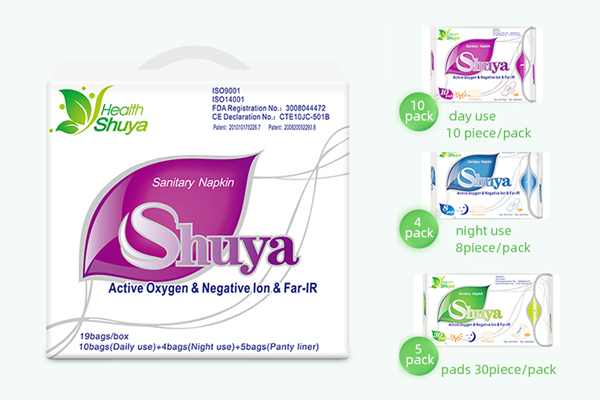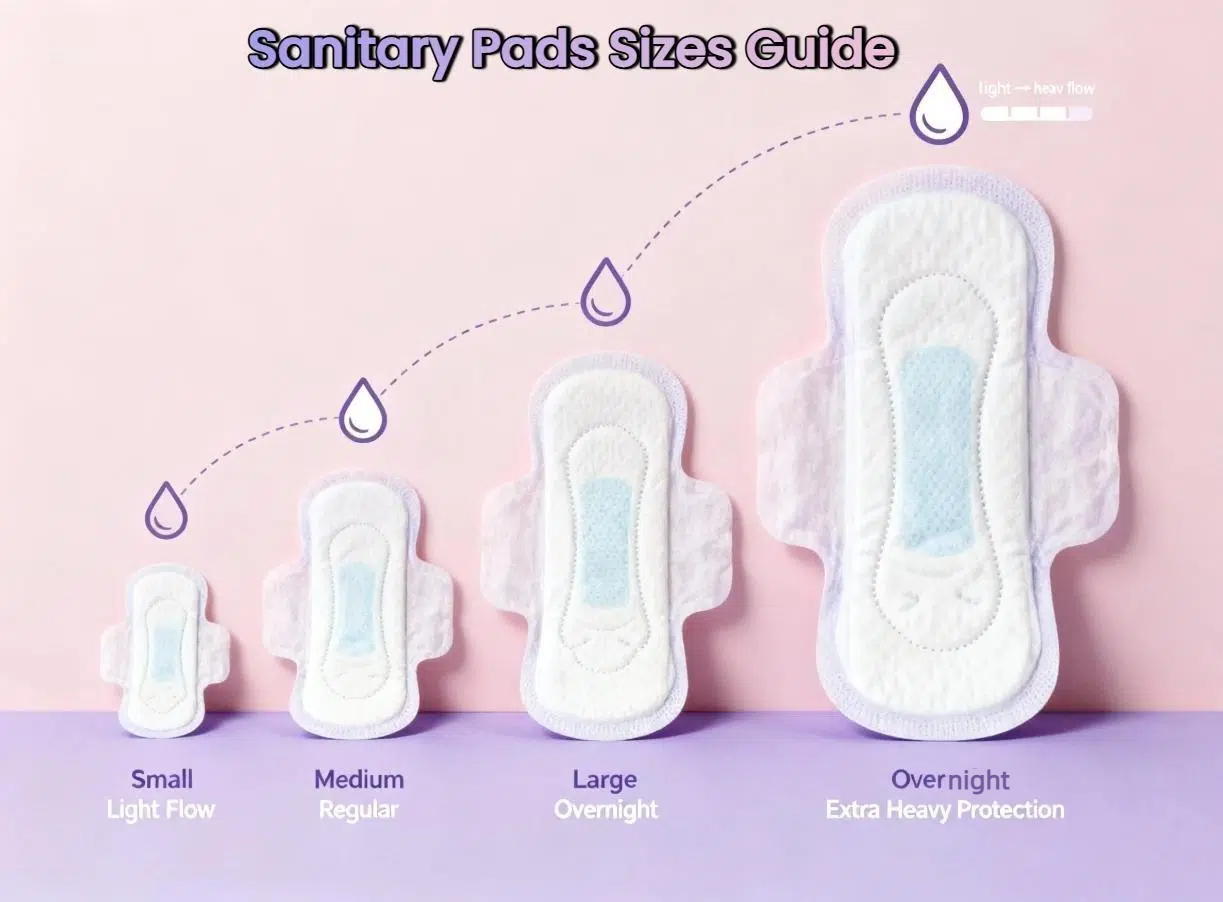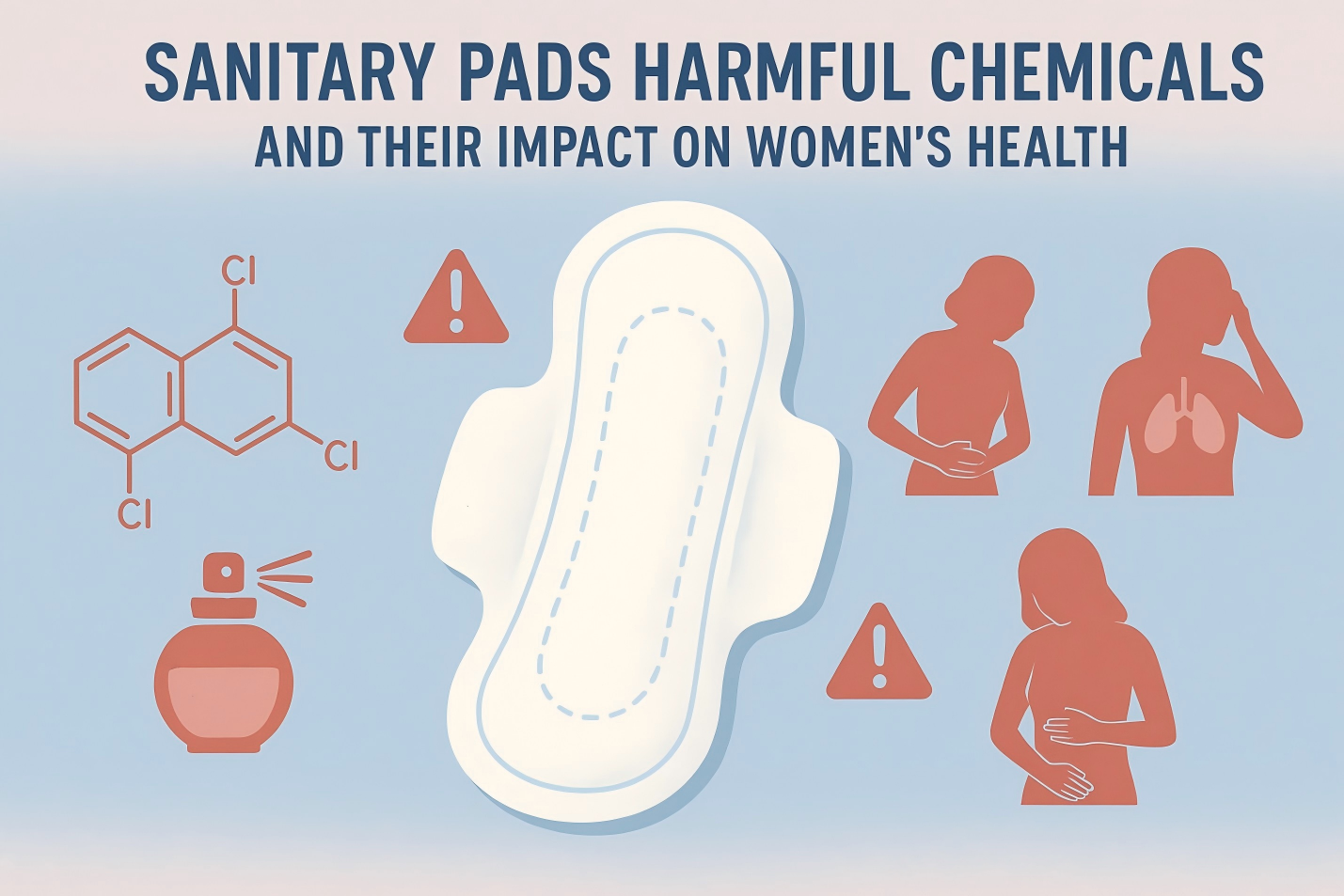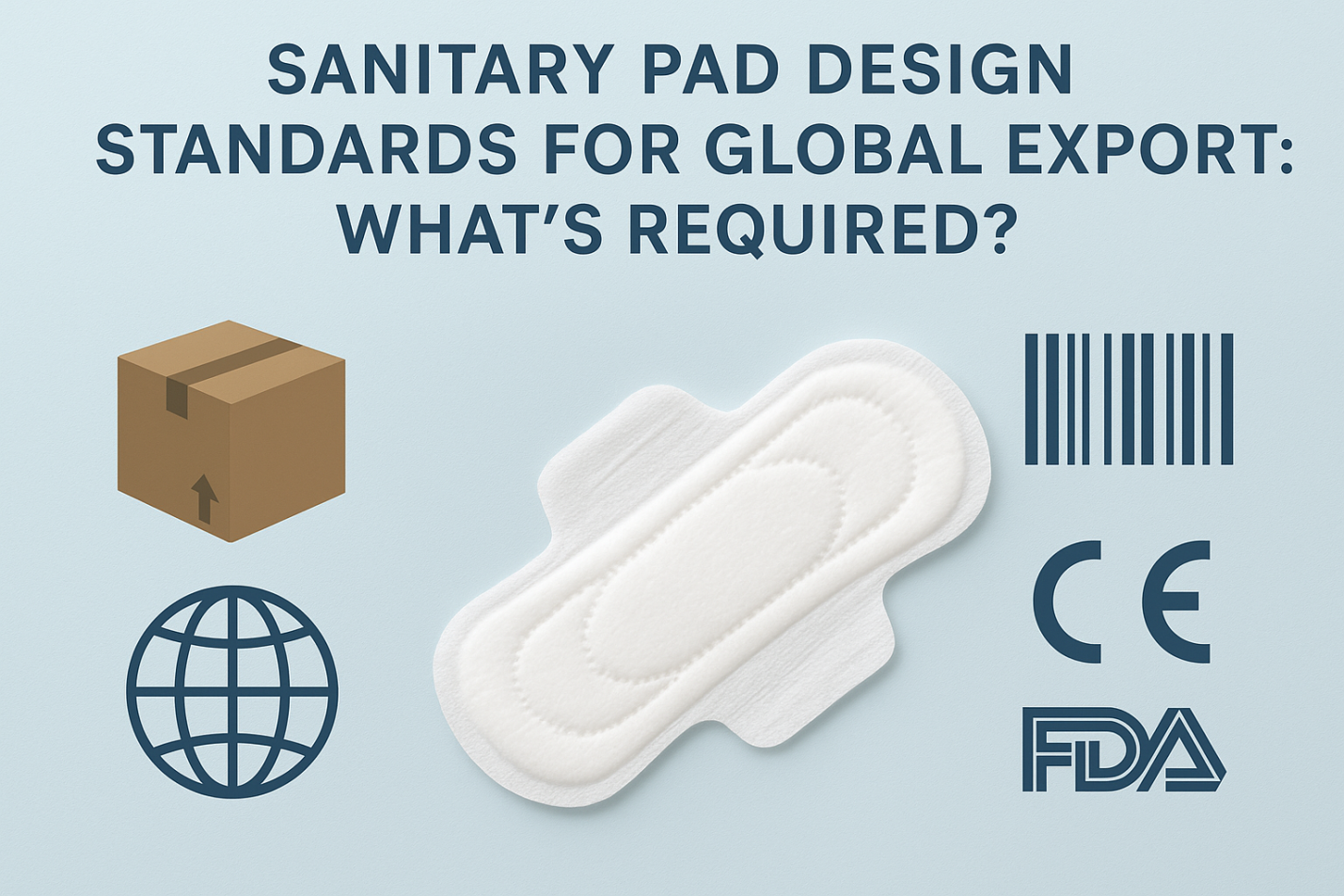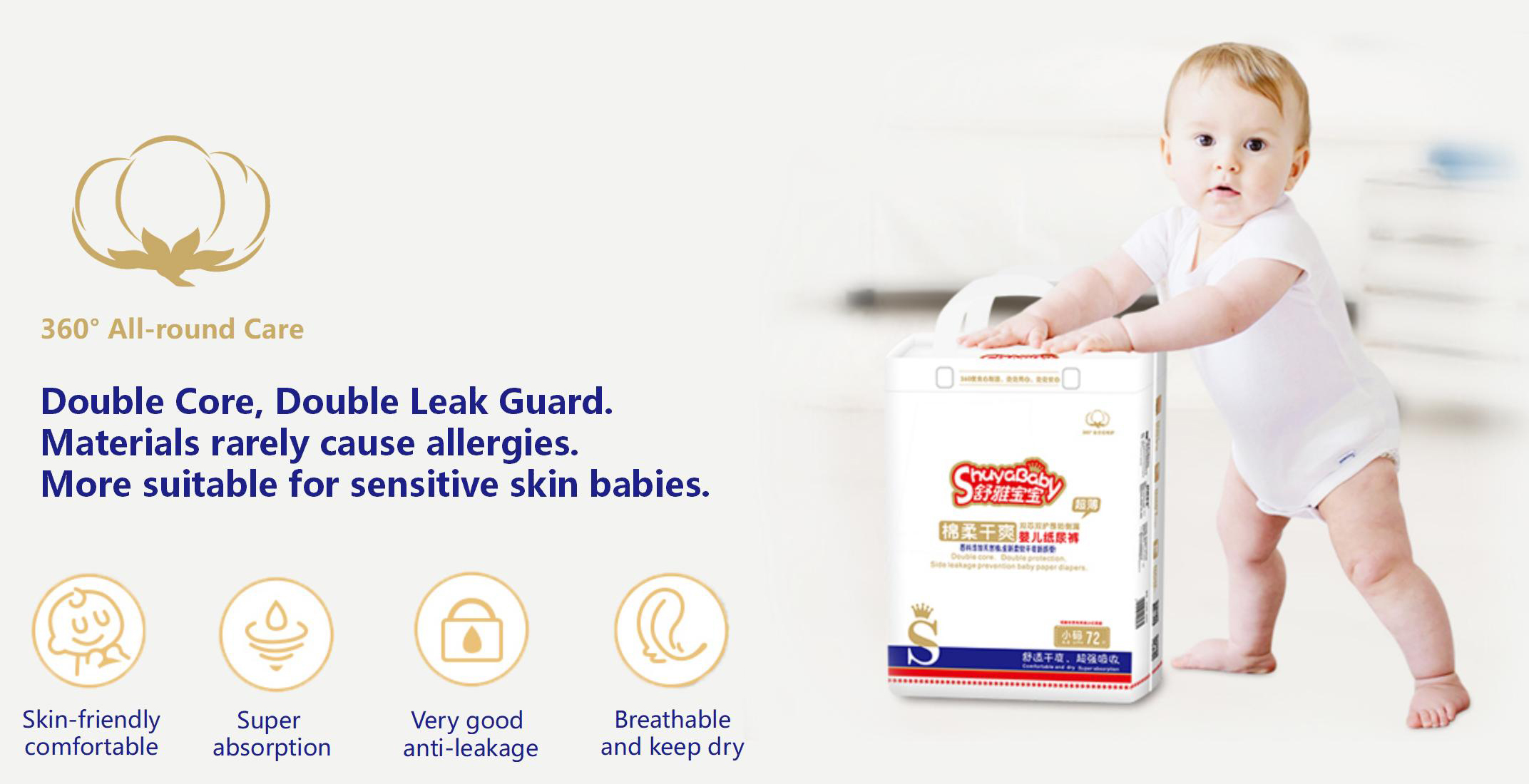
During the period where your baby cannot control their own excretion, diapers are an important everyday tool to have around all day every day. The choice of diapers for the age and size of the baby is very important. In addition to good absorption and ventilation, finding diapers that fit well to the baby’s body is not to be overlooked. If you choose diapers that are too small, they will be too tight and cause the baby to become uncomfortable. But if you choose one that is too large, the problem is leakage. Here we have good tips in choosing a diaper size to match your little one’s needs.
Choosing the right sized diaper for your baby is not hard. Parents can determine the size according to the baby’s weight group as follows:
| Weight | Recommended Size |
| Newborn – 4kg | New Born Size |
| 4 – 8 kg | Size S (Small) |
| 7 – 12 kg | Size M (Medium) |
| 9 – 14 kg | Size L (Large) |
| 12 – 17 kg | Size XL (Extra Large) |
| 15 – 25 kg | Size XXL (Extra Extra Large) |
However, in choosing the right disposable diapers to fit the baby, parents should consider the physique of each child since diapers of similar size indicates overlapping recommended weight because parents can adjust the size of the diapers according to the child’s shape and size, as well as weight.
For parents who are in the process of selecting new diapers, we recommend buying in a trial amount, then seeing whether the diaper fits. If it does, the parents can then decide to buy a larger quantity for long term use.
When your baby starts to grow, of course, the weight and height of the baby increases. Therefore, it’s a time for parents to take notice of the change in size and consider moving up in size in regards to diapers. We have tips on how to notice these changes.
When diapers are too small: Parents start to struggle during the taping process of the diaper or the baby starts showing signs of tightness, such as redness, around the waistband or leg, including symptoms of uncomfortable. With these signs, going up in size in recommended.
When diapers are too big: If the parents cannot achieve a precise fit with the tape. If the tape is too loose, there will be a gap between the waist and leg and the diaper, which can cause leakage. If the tape is tightened to the maximum capacity and this problem still persists, we recommend going down in size.
Adjusting a diaper for perfect fit: When parents choose diapers that are appropriately sized for the baby, they also have to tighten the tape in accordance to the baby’s physique in order to prevent leakage. The elastic around the edge of the leg must be positioned so that it does not fold in. The tape must be tightened at the waist. Parents must be able to insert 2 fingers into the waistband to make sure not to strap too tightly that it makes the baby feel uncomfortable. Some may have heard the urban legend that putting diapers on loosely is good for the baby for fear of children being uncomfortable, but the truth is, they should be fitted to the baby’s body. If the diaper is too loose, it cannot absorb as well and may create friction against the baby’s skin, causing irritation.
Always be observant: Even if the parents know how to choose the appropriate diaper size to fit the baby and how to put it on correctly, they should also pay attention and be observant of the baby as well, especially toddlers who very rarely stay still. The movement of the child may cause the diaper to move around and cause leakage.
When parents are able to choose disposable diapers that fit and are able to put them on correctly, little ones will be able to move around actively and agilely without any worry of leakage.
